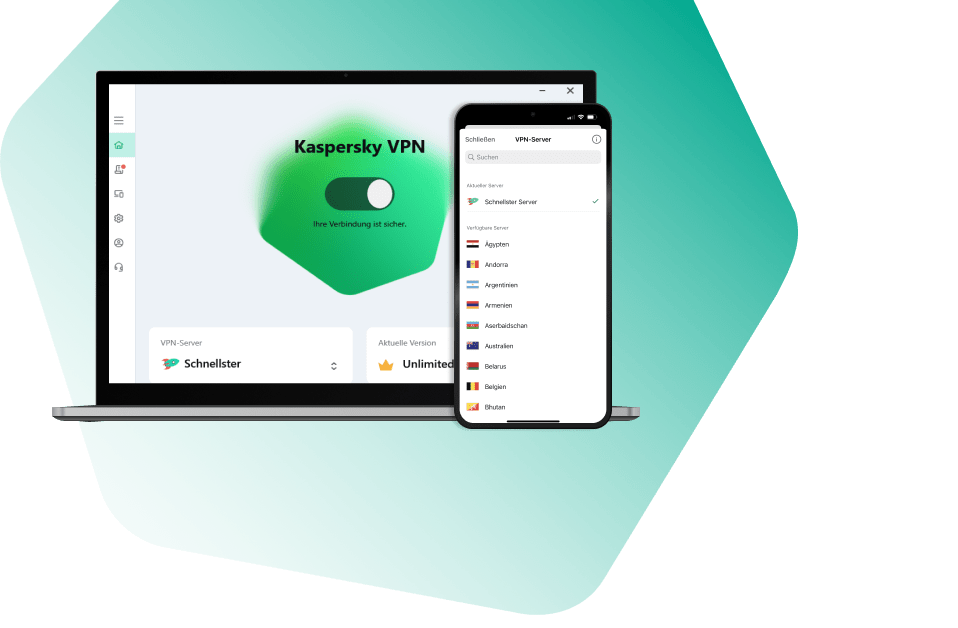How to analyze KATA collect script output [KATA/KEDRE]
Collect script output is a must for most KATA-related issues and questions.
|
Which information?
|
Which file?
|
How to find/interpret?
|
Example
|
|||
|---|---|---|---|---|---|---|
|
|
||||||
| КАТА version and role: CN/PCN/SCN/Sensor | /config/apt-va |
File contains the version and role in human-readable form. Also, you can see if the node was upgraded from previous KATA versions in 'migrate' line
|
Primary CN
Standalone CN
Sensor node
|
|||
| Virtual or hardware? |
/environment/dmesg.txt OR /var/log/messages OR /var/log/boot.log |
Search for "DMI" entries in the file. |
Physical server
Virtual server
|
|||
| CPU | /environment/cpuinfo.txt | Scroll to the bottom of the file. Each "processor" listed is not a physical core, but virtual "thread", so, i.e. 8-physical core CPU with hyper-threading will have 16 CPUs in the file. Keep in mind that CPUs are counted from 0, so for 16-thread CPU last entry will have number 15. |
|
|||
| RAM | /environment/memory.txt |
File shows free command output. Values are in megabytes, pay attention to 'total' and 'available' columns. NB! Ignore 'free' column: despite of it's name, it doesn't actually show free RAM, 'available' column does it.
|
|
|||
| HDD | /environment/hdd.txt |
Pay attention to partitions /dev/sda* and /dev/sdb*. If /dev/sdb* partition is present, you are dealing with two-disk installation, otherwise, it's one-disk installation. NB! Always check HDD partitions size and available free space! KATA needs a LOT of disk space to work correctly. Most important partitions are: /dev/sda4 1.2T 894G 224G 80% /data ← Used for processing queues and quarantine, main partition for KATA /dev/sdb1 2.7T 1.4T 1.3T 52% /data/var/lib/kaspersky/storage ← Used for EDR data: (telemetry from Endpoint Sensors)
|
|
|||
|
DNS name |
/environment/hostname.txt | File contains exactly the hostname of the machine. | kata-cn | |||
| IP address |
/environment/ipa.txt /environment/ifconfig.txt |
Both files contain info about network interfaces and assigned IP addresses. ifconfig command is considered obsolete by community, but it can be useful: it helps to recognize SPAN interfaces. SPAN interfaces usually don't have IP address assigned, but have a lot of traffic. Also, SPAN interfaces always are in promiscuous mode: <UP,BROADCAST,RUNNING,PROMISC,MULTICAST> |
ipa.txt
ifconfig.txt
SPAN interface
|
|||
| Sandbox server information | /config/apt-agents-id | Bottom part of the file contains info about connected sandbox nodes: IP addresses, cert fingerprints and states: Sandbox may be connected, but disabled. |
|
|||
| Enabled integrations(SPAN, ICAP, etc) | /config/preprocessor.conf |
Preprocessor is the component responsible for main KATA integrations: SPAN, SMTP, ICAP, POP3. You should look for corresponding section in preprocessor.conf: SPAN: [traffic] SMTP: [smtp_proxy] ICAP: [icap] POP3: [pop3] For each section, there's a line defining whether this integration is enabled: enable=yes/no Other integrations like KSMG/KLMS/API aren't easy to check by collect script output |
Only SPAN is enabled
|
|||
| Connected Endpoint Sensors | /config/aapt_info |
You can find the beginning of Endpoint Sensors list by searching for 'Agent Status'. To find the number of connected sensors, you need to calculate lines; but it's not easy to automate it as the lines don't have obvious unique grep-able attribute. However, using 'Microsoft Windows' will give you enough precision(it will give a few extra matches from last detections info).
|
Sample entry for 1 agent
|
|||
| KSN/KPSN connection | /config/preprocessor.conf |
From collect script, you can only determine whether KATA is set up to receive verdicts from the cloud, and understand which sort of cloud it is - global KSN or private KPSN. Look for [ksn] section in preprocessor.conf, it's pretty self-explanatory. Keep in mind that you have a tool which allows you to check KSN availability https://forum.kaspersky.com/blogs/entry/86-how-to-check-ksn-availability-on-kata-cn-katakedre/
|
|

























0 Comments
Recommended Comments
There are no comments to display.
Please sign in to comment
You will be able to leave a comment after signing in
Sign In Now